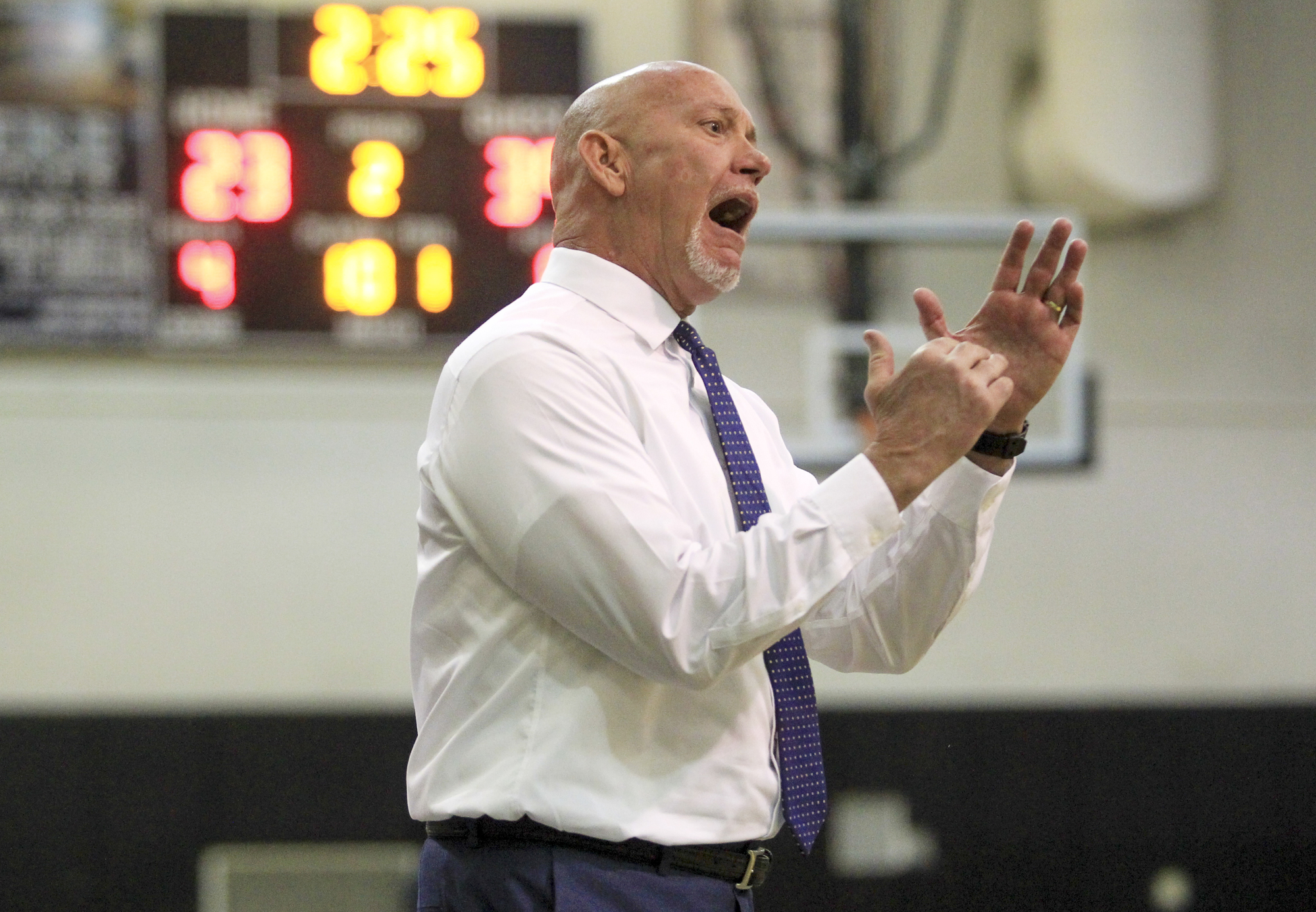- April 19, 2024
-
-
Loading

Loading

Basketball is a game defined by tempo, rhythm and flow — it’s like a ballet of athleticism.
That aspect of the game is what draws millions of people — including me — to the game. We want to see players run up and down the court with a bounce in their step as they wow us with their talents.
But then, there’s games like the most recent Boone/Oak Ridge contest, which took place Thursday, Jan. 10. Oak Ridge is a good team — a nationally ranked level of good — while Boone is a middling team that sits just above .500.
On that night, Boone outlasted Oak Ridge in a low-scoring 20-16 win, which is even more crazy when you consider that going into halftime, Oak Ridge was up 3-0. Soak that all in: three to zero.
You may be asking yourself, “How and why?”
The answer is simple: Florida high-school basketball doesn’t utilize the shot clock.
As a fan of the game, the concept of “stall ball” is an affront to the game I grew up loving, but there is a point that needs to be made. What Boone did was totally within the rules, and to be honest, slowing Oak Ridge down was the only way they were going to win that game. It’s smart basketball.

“For Boone to do what they did, right now, it’s within the rules, so for me I thought it was a great win — it was their strategy to win,” said Brian Hoff, the boys basketball coach at Windermere Prep. “There are a lot of schools when they play Oak Ridge, they’re going to run up and down the court with them, and that’s not going to work. I think Boone executed a great strategy.”
Hoff said despite his approval for the strategy utilized by Boone, he would welcome the shot clock, because it would help give the game a boost — specifically as it relates to getting talented players ready for the next level and making basketball more exciting.
In collegiate ball, both the men’s and women’s game incorporate a 30-second shot clock, while the NBA and WNBA utilize a 24-second shot clock. The International Basketball Federation also uses the 24-second shot clock.
The rationale behind the shot clock is basic — it allows equal opportunity between teams and forces them to make plays in a timely manner. It also helps the game flow, compared to stalling out that’s induced by what us North Carolinians know as “Four Corners Offense” — a tactic that Dean Smith perfected during his time at the “school that shall not be named” in Chapel Hill.
“I think it would improve the level of play,” Hoff said. “Some people would say it would encourage less coaching, but I think it would encourage more coaching because every possession — every second — becomes magnified. I think it would be good thing for the game.”
Mark Griseck, head coach of the boys basketball team at Windermere High, echoed those thoughts on player preparation and helping bolster the game itself.
“We played with it last night at Master’s Academy, and it was kind of cool,” Griseck said. “The one thing that it does do is if you have a lead, it doesn’t allow you to hold the ball.”
The game changes a lot when you only have to play offense — or defense — for 30 seconds or so, so a shot clock could greatly equal the playing field.
That said, there are also ways for a defense to break up another team’s attempt to hold the ball.
“I think it would improve the level of play. Some people would say it would encourage less coaching, but I think it would encourage more coaching because every possession — every second — becomes magnified. I think it would be good thing for the game.”
— Brian Hoff
By pressuring the ball, a defense can force a stalling offense into turnovers and open up the game. That never came into play during that Boone/Oak Ridge game, which surprised Griseck.
“When I had really good teams, I have had people try to hold the ball, but there are ways to not let that happen — I’m going to trap or press the issue,” Griseck said. “But then Oak Ridge sat there and let them, and then they got pissed off apparently and they held the ball, which made no sense to me.”
But of all the talk of a shot clock, there are issues most coaches acknowledge — cost and personnel.
Finding the people to man the shot clock correctly —while also finding money for the devices themselves — would be tricky. It ultimately is what has led to the lack of shot clock in high-school basketball in the state, and it’s a problem many think will keep serious talks tabled for the foreseeable future.
“I just don’t think it will happen, because I don’t think financially schools will be able to do it, and logistically it’s just not feasible for a lot of people,” Griseck said. “I’ve played at schools sometimes, and there’s a high-school student is running the clock, and they’re struggling to get people to do that.”